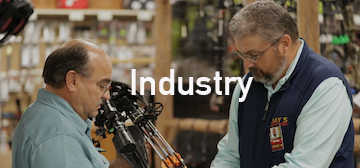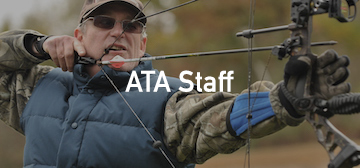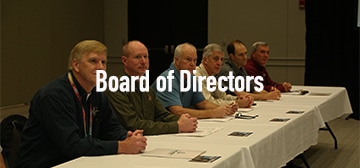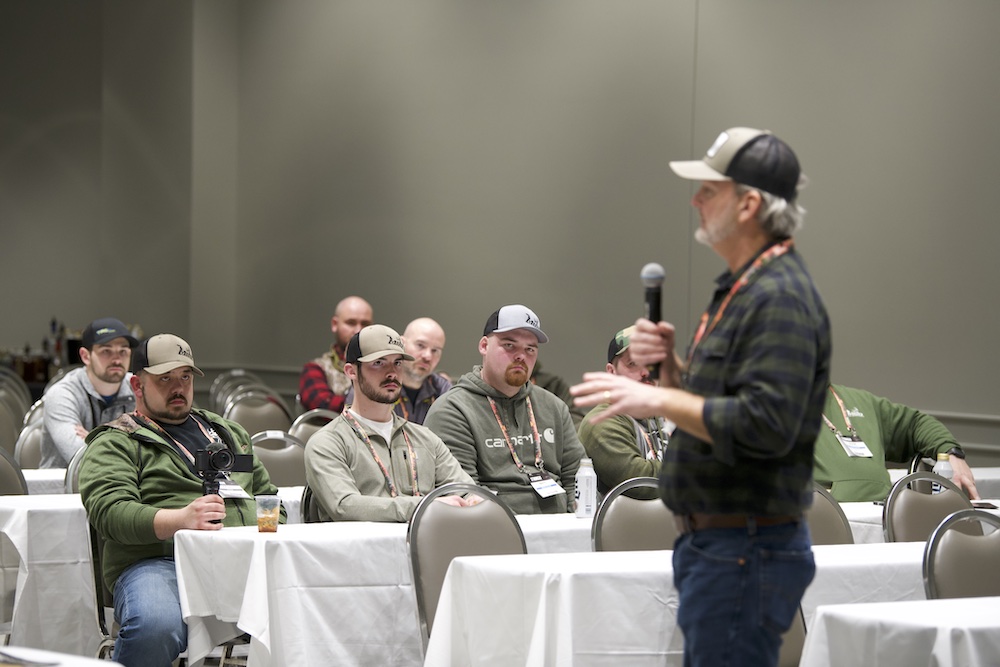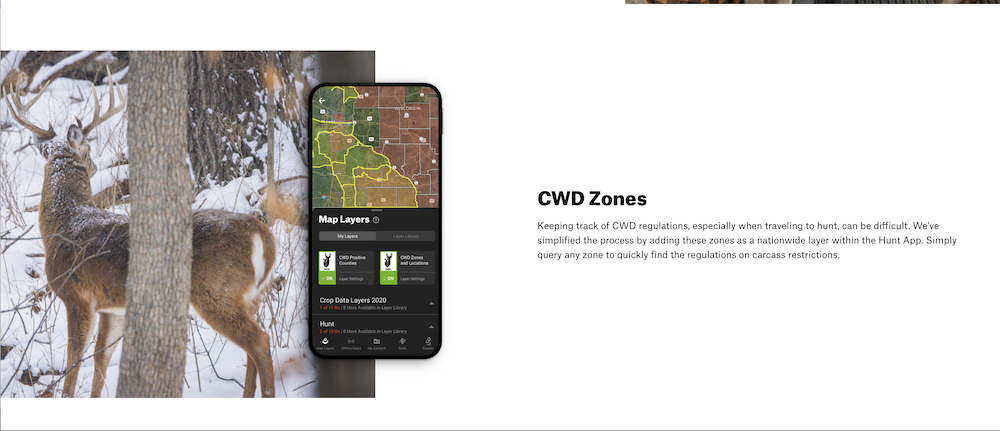Thomas explained that whitetails are the reason everyone in the bowhunting industry thrives. For example, the NDA 2020 Deer Report found that 3.1 million antlered bucks were killed nationwide during the 2019-2020 hunting season, alongside 3.3 million antlerless deer, for a total of 6.4 million deer taken last year. According to Thomas and NDA research, American hunters killed twice the population of mule deer and six times the population of elk in whitetails alone.
“(Your business) might focus on mule deer, waterfowl, turkeys or whatever, but the gear you carry, the companies that sponsor you, the ATA Show and many conservation organizations, it all rides on the back of whitetails,” he said.
Thomas shared the statistics not to diminish the impact of other species but to point out the importance of white-tailed deer as a resource. “If we didn’t have whitetails, all of us would be in big trouble,” he said.
That’s why chronic wasting disease is so concerning. CWD is a contagious neurological disease that slowly kills every deer, elk or other cervid it infects. It poses a serious threat to deer populations, and therefore, it also threatens hunter success and the livelihood of the industry.
“CWD is eating the floor from up under the whitetail population,” Thomas said. “It’s an added mortality source that makes it difficult to continue to support hunting as a mortality source. If we lose more deer to CWD, the deer populations won’t be able to continue to support hunter harvests like it does, which isn’t good for anyone.”
Fortunately, scientists are working to find a solution. All we have to do is buy time for them to figure it out.
“We have to stop the spread and prevent it from spreading long enough for science to work,” he said. “Media members and the industry must set the example and lead the way when it comes to stopping the disease from moving into new areas.”
To keep CWD contained long enough to find a solution, Thomas encourages industry members, especially those in the spotlight, to follow these three simple rules.




